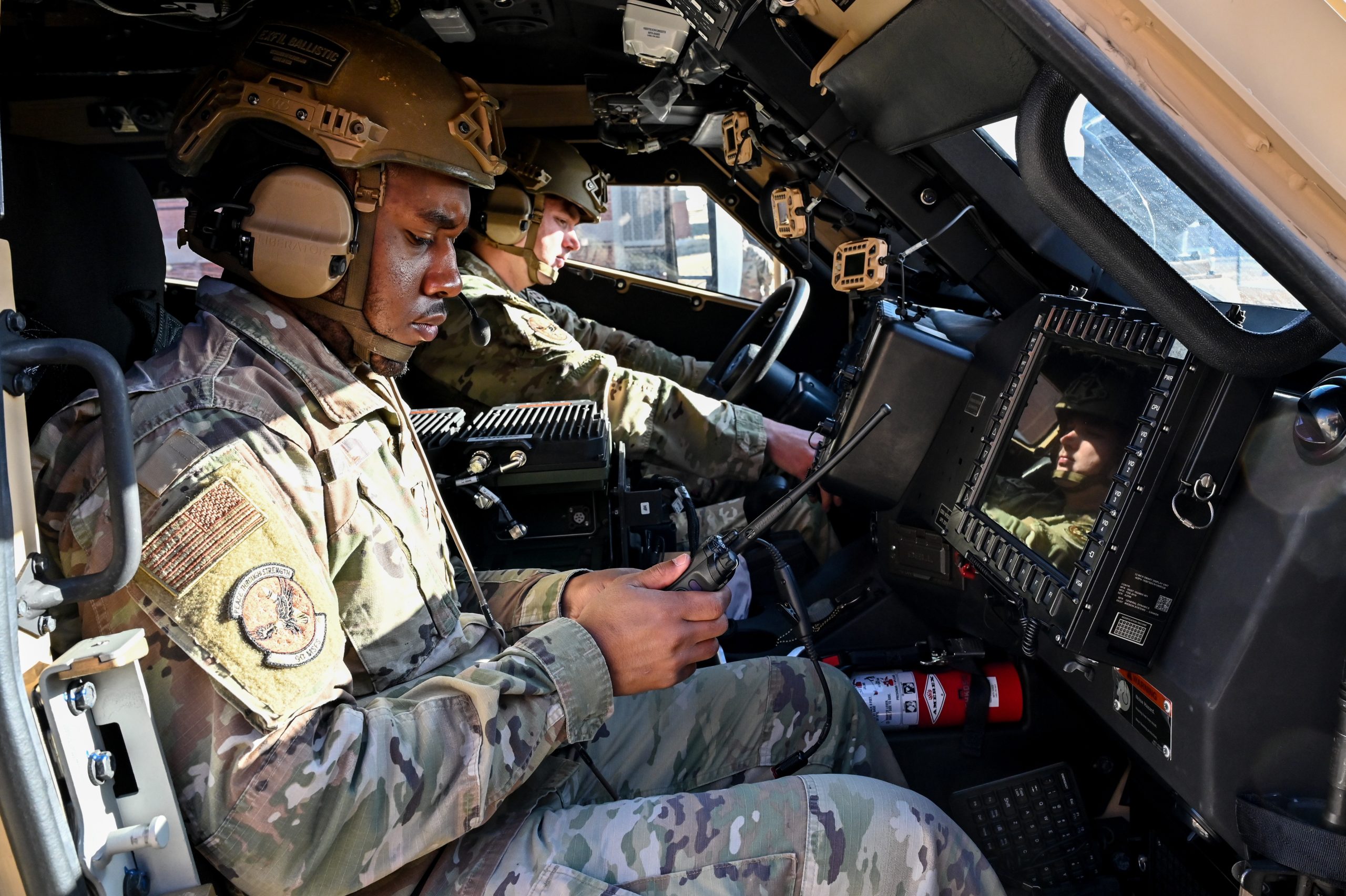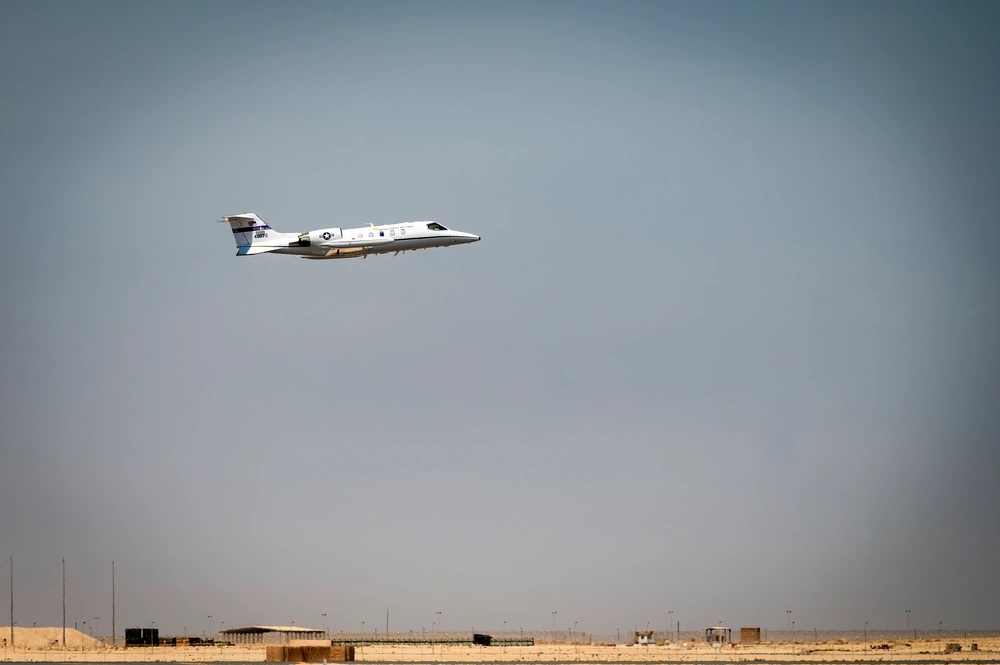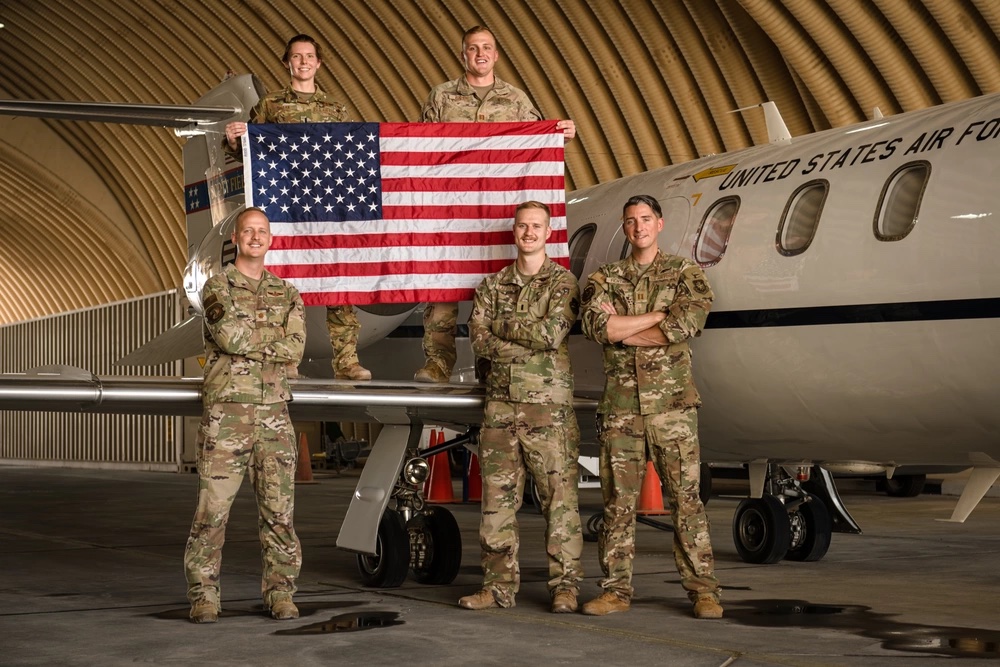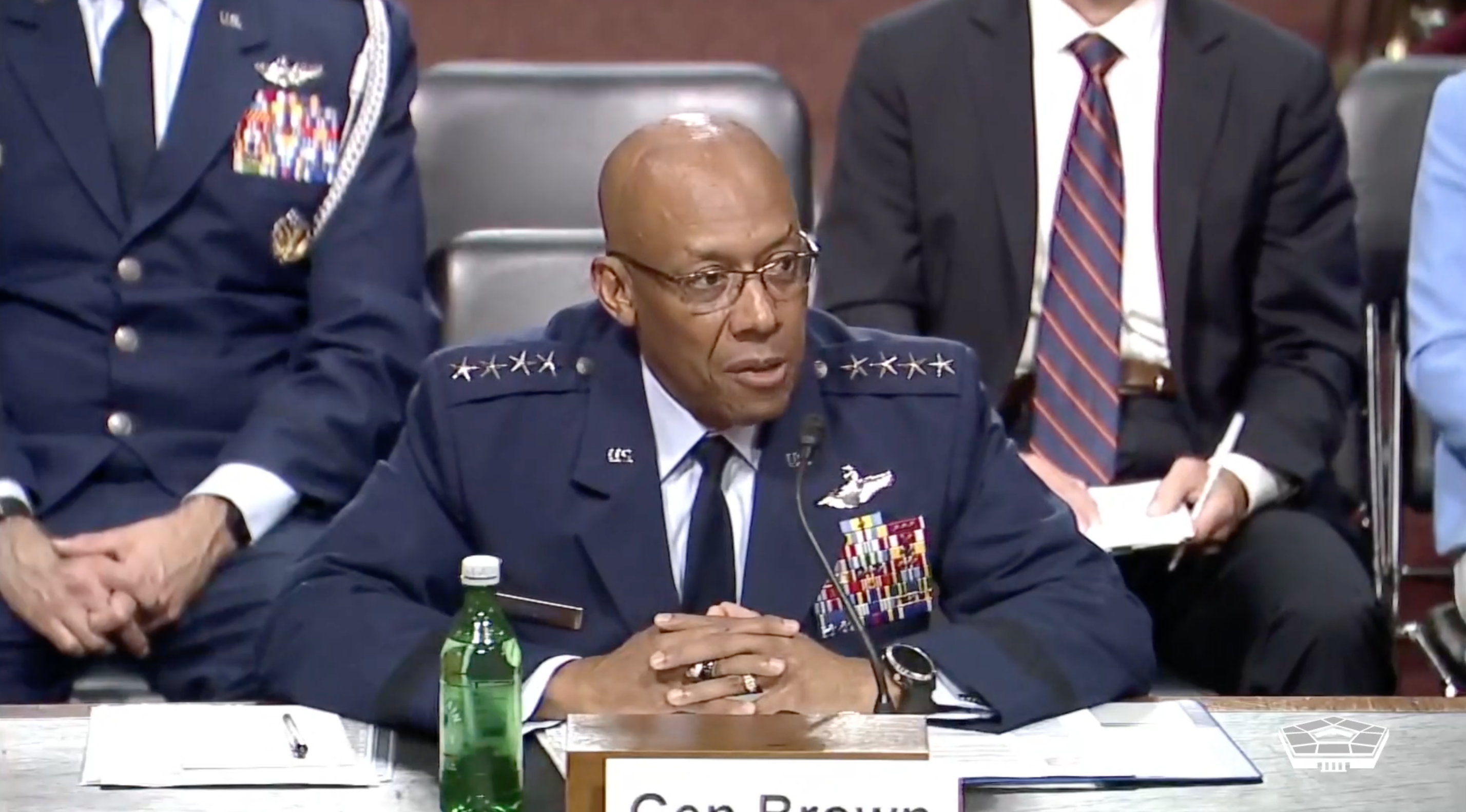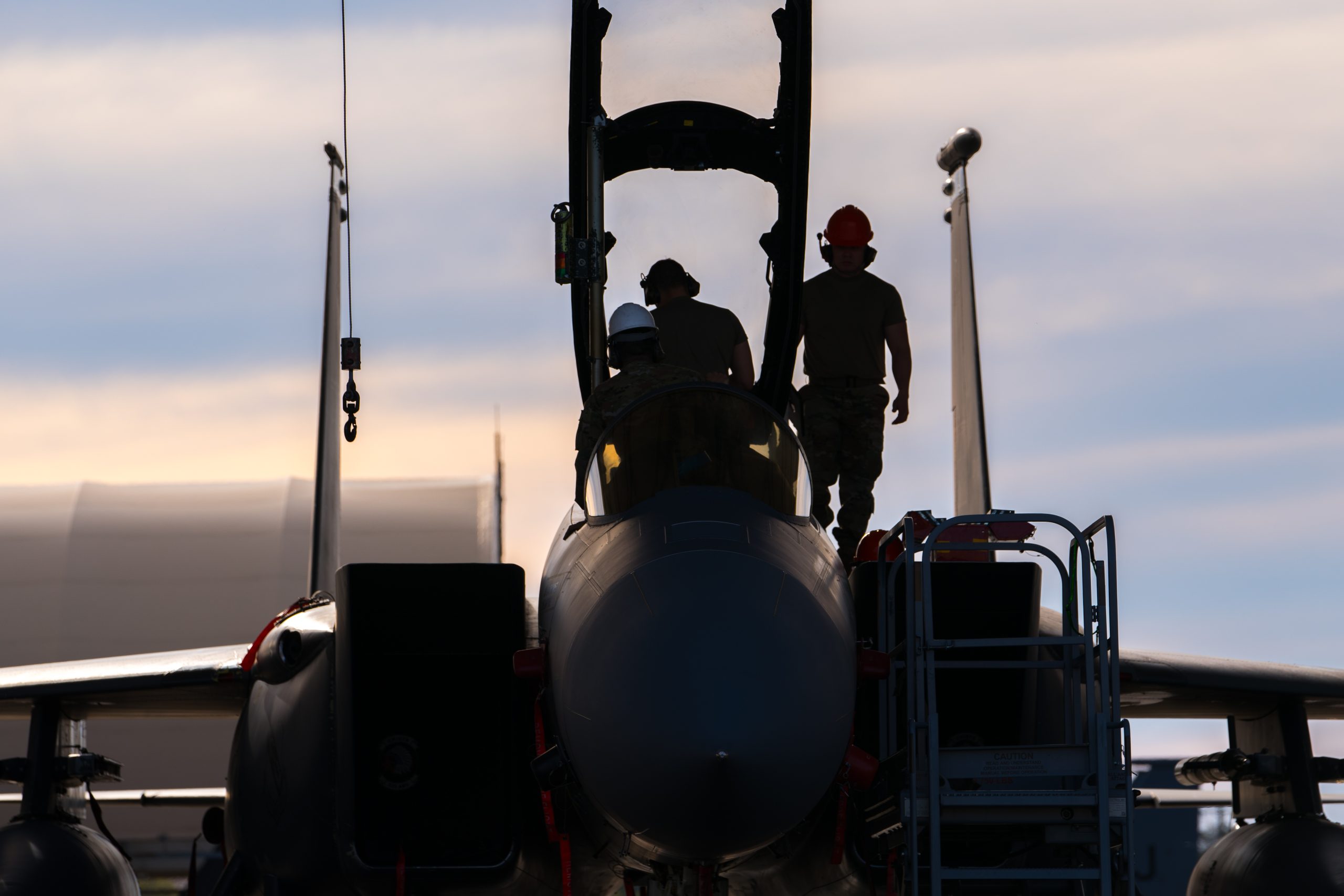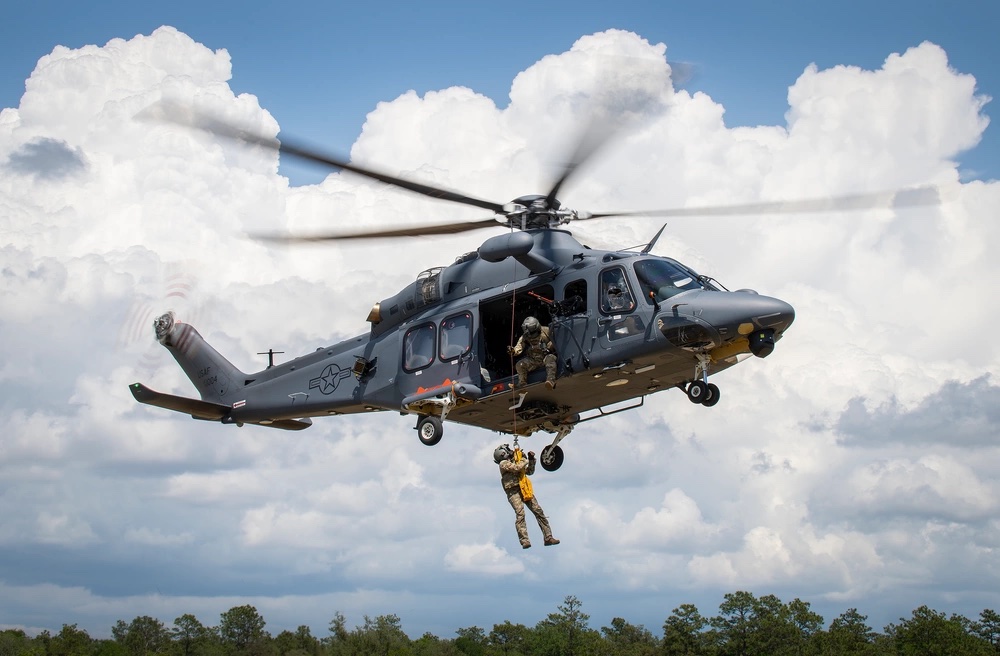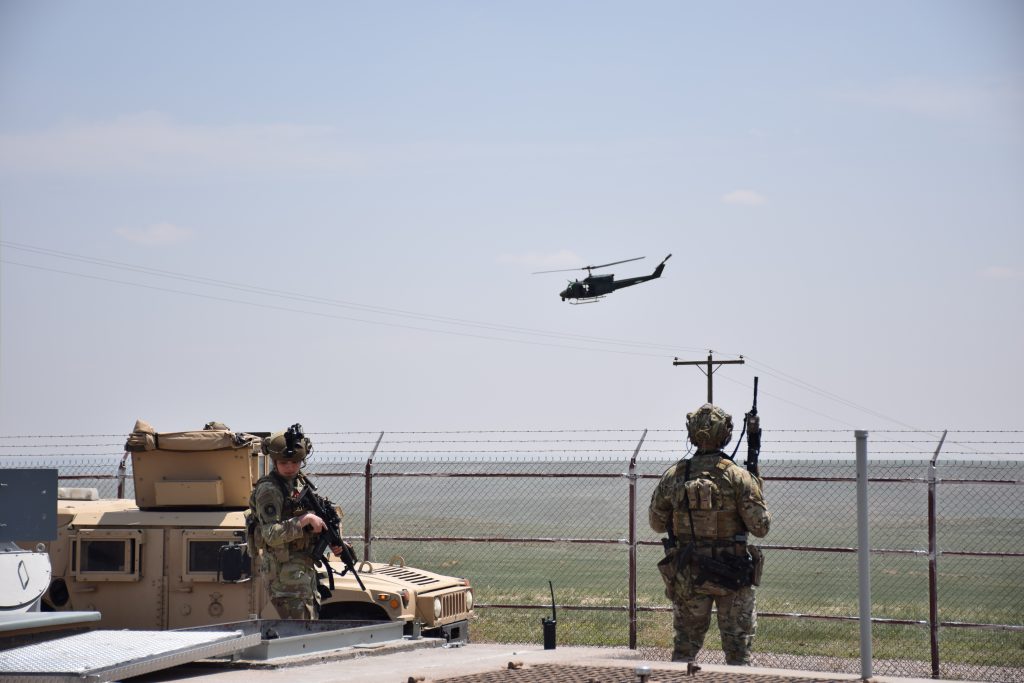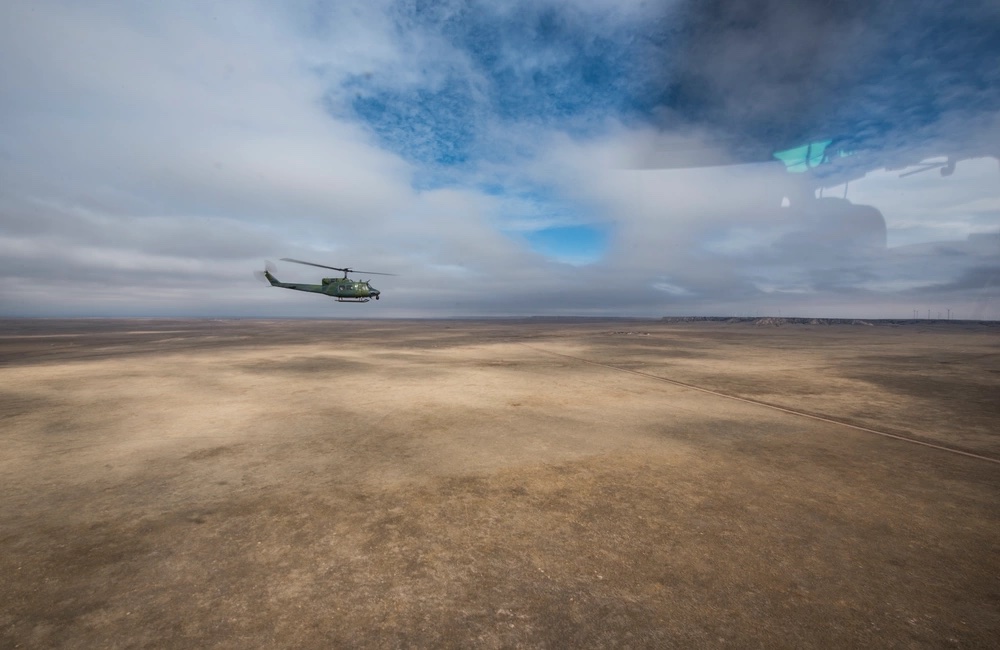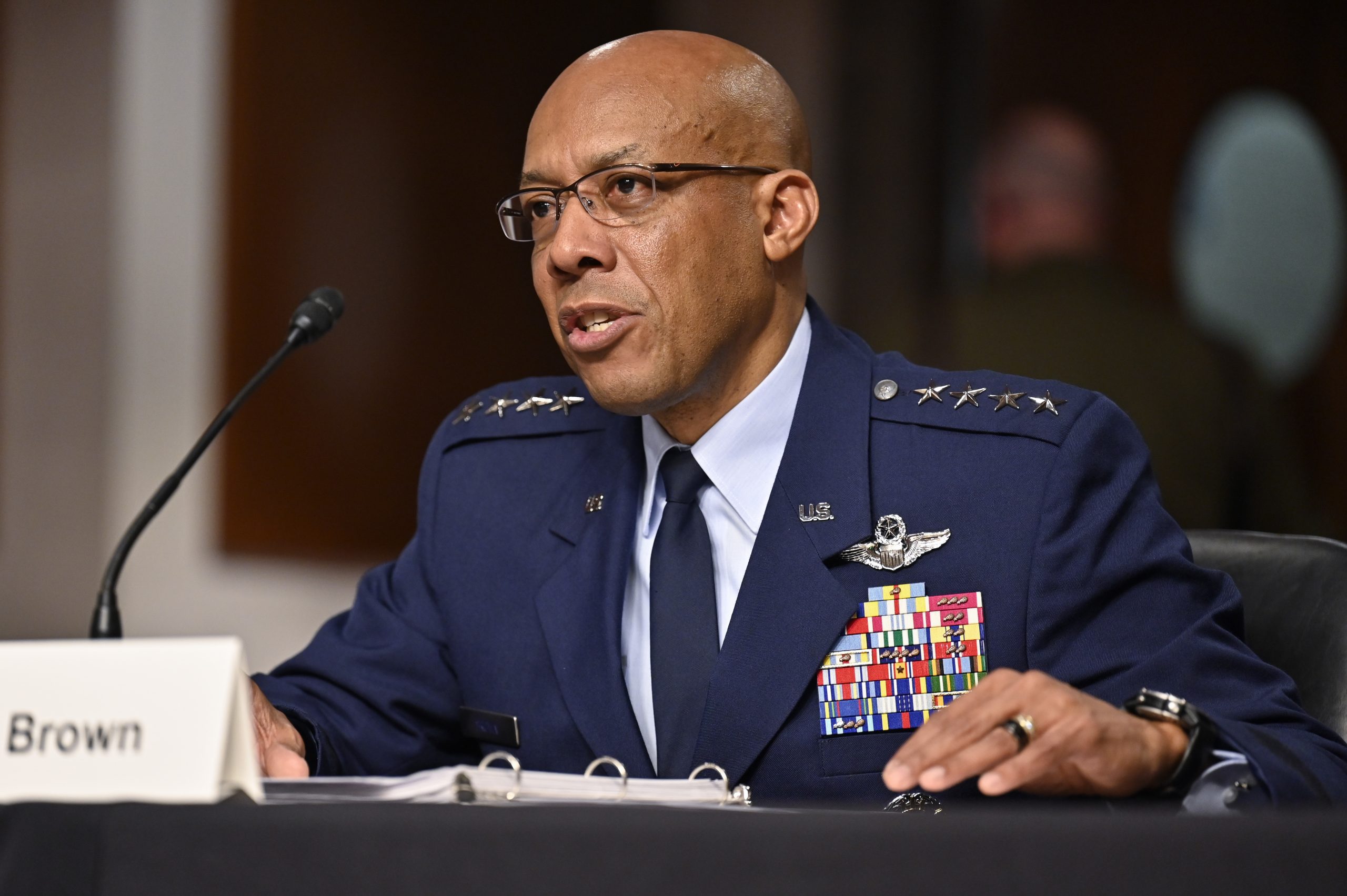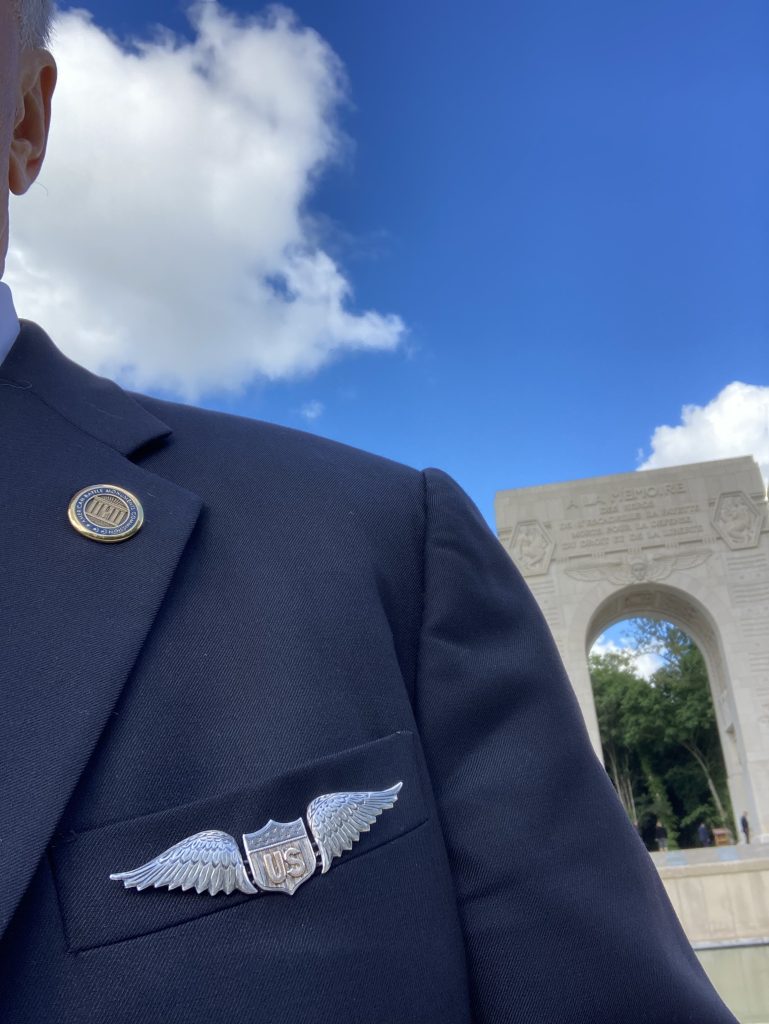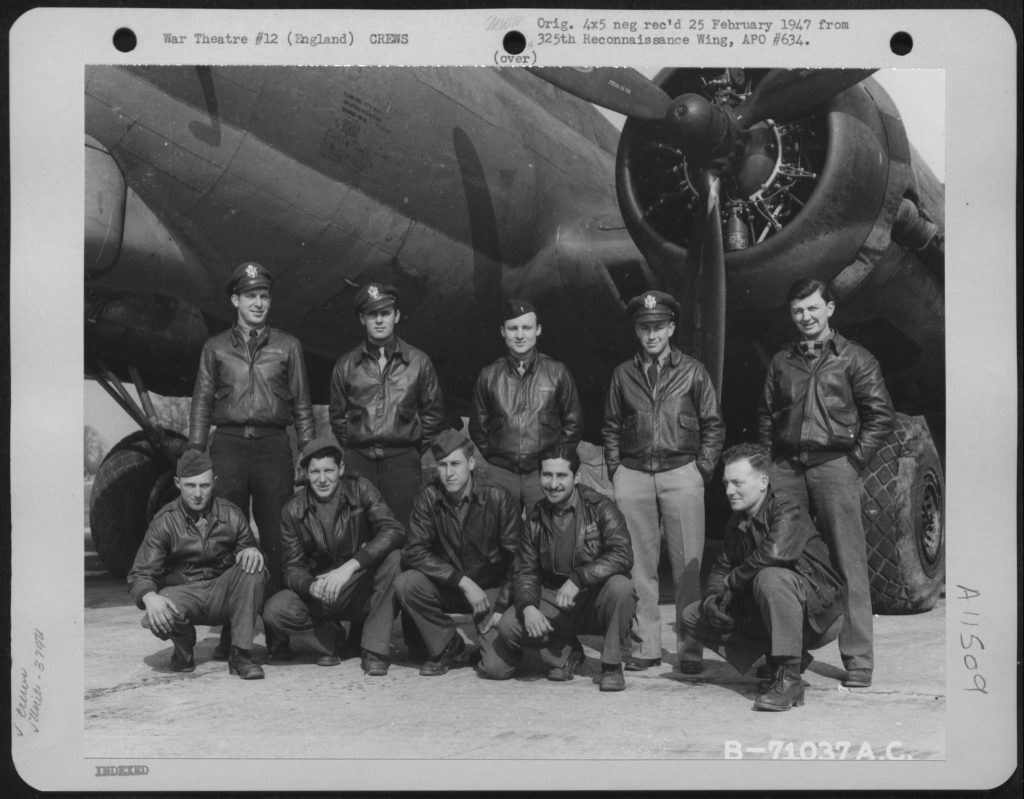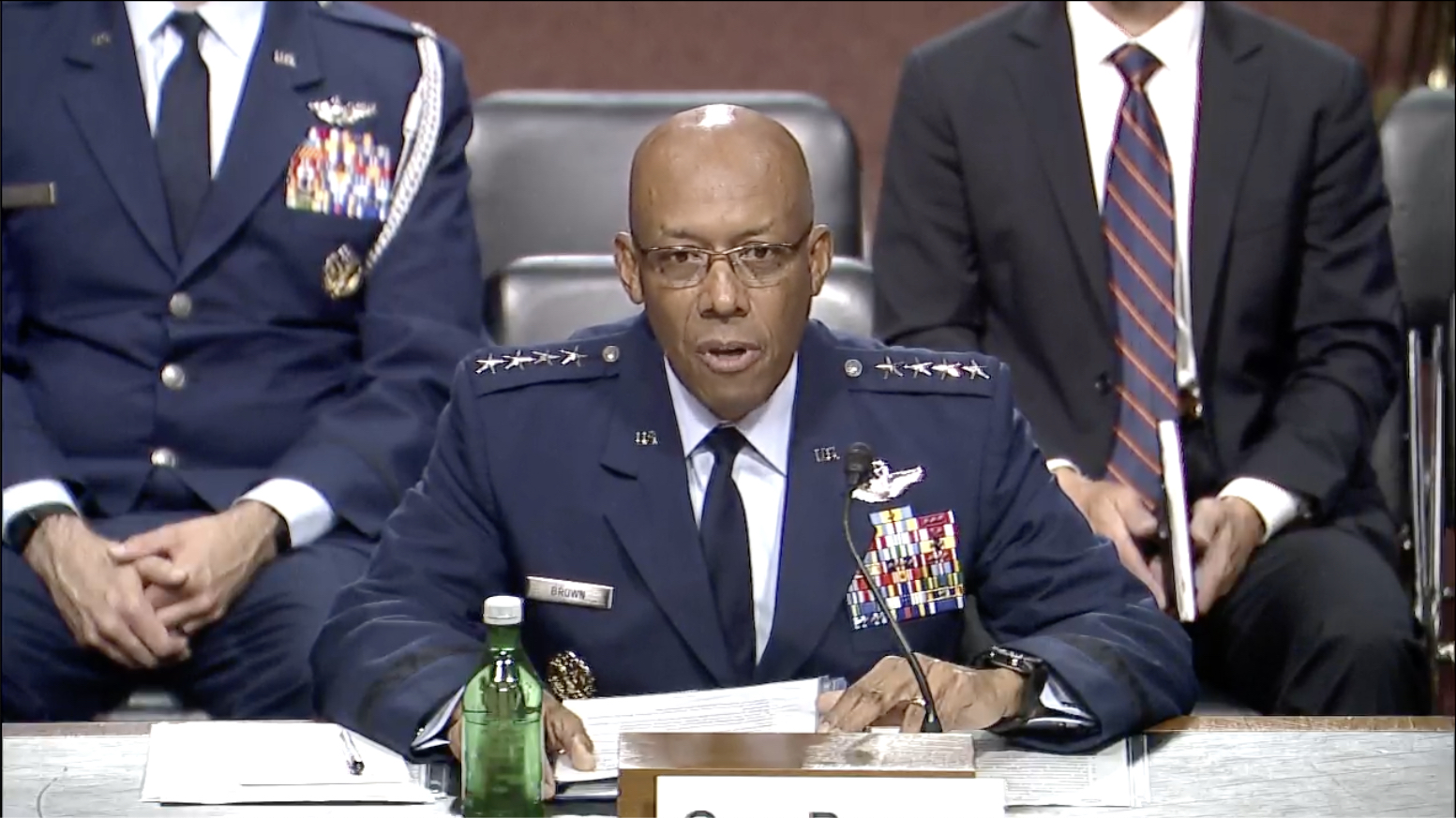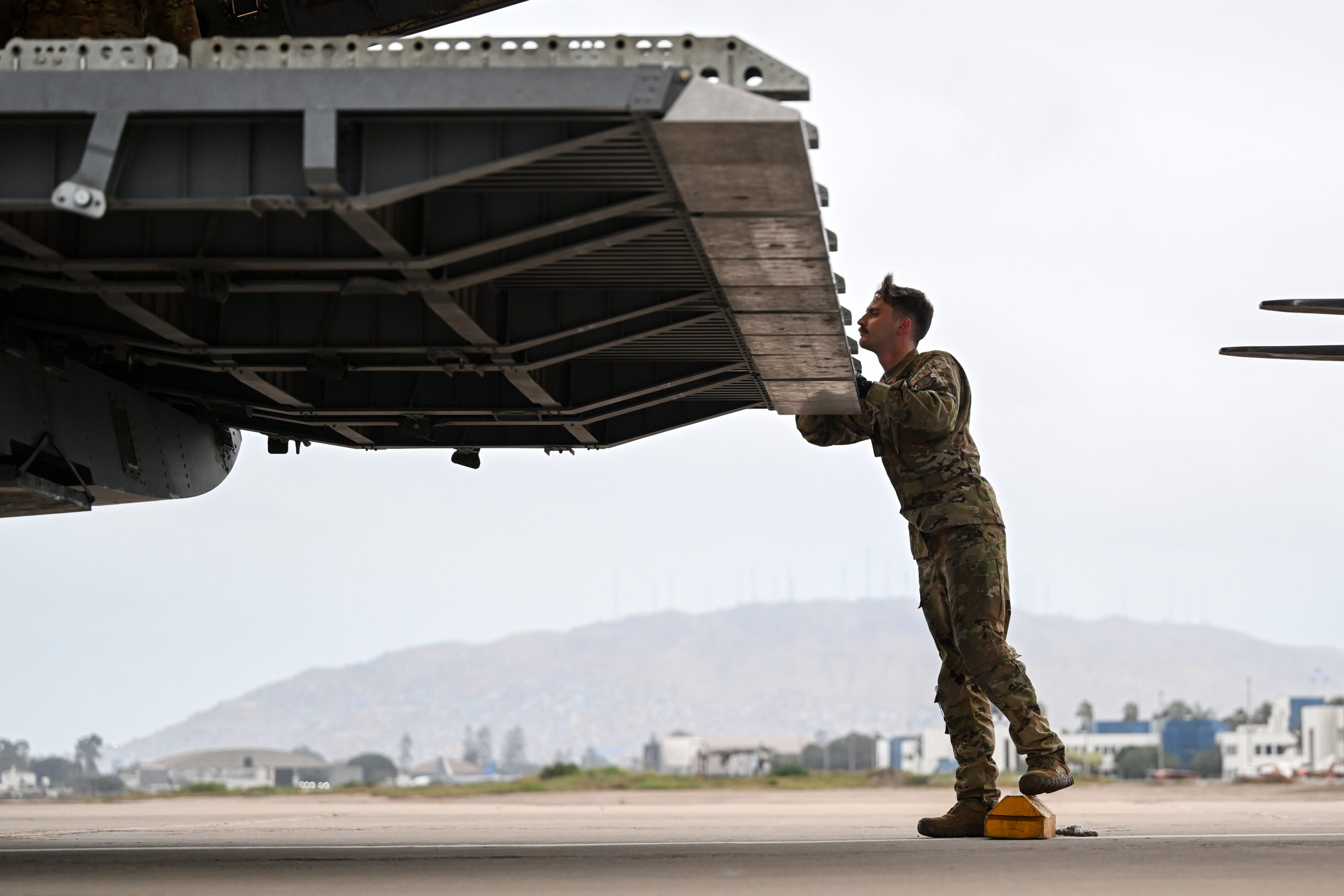Editor’s Note: This is the second of a three-part series on the future of how Air Force security forces will guard its nuclear missile fields. Read Part 1, on the MH-139 Grey Wolf, by clicking here, and Part 3, on infrastructure and training improvements, by clicking here.
F.E. WARREN AIR FORCE BASE, Wyo.—Every minute of every day since the early 1960s, generations of Airmen have stood watch in underground bunkers across the Midwest and the Northern Tier of the U.S., ready to fire the intercontinental ballistic missiles housed there at a moment’s notice. And above ground, generations of security forces Airmen have also stood watch, guarding access to the most devastating weapons on the planet.
Now, as the Air Force prepares to stand up the LGM-35A Sentinel to replace the aging Minuteman III ICBM, the security forces who guard them are also due for an update. Though their mission has never faltered, much of the equipment is obsolete. For example, at F.E. Warren Air Force Base, Wyo., several of the 54-year-old Huey helicopters that Airmen rely on to reach the base’s far-flung missile sites served in the Vietnam War. Many of the Humvees are similarly outdated, and the communications networks Airmen rely on are inefficient compared to what current technology can provide.
A wave of modernization aims to boost the missile field security forces enterprise by allowing them to respond faster and hit harder than ever before, while the Sentinel itself will require a smaller security footprint due to easier maintenance and enhanced communication networks. One of those platforms is the MH-139A Grey Wolf, a helicopter that can fly faster, higher, and twice as far as the UH-1N Huey and carry 5,000 more pounds of cargo.
But helicopters are just one part of the equation. In fact, the Airmen at F.E. Warren collectively drive seven million miles per year to and from the base’s launch facilities and missile alert facilities. F.E. Warren stretches across 9,600 square miles, an area about the size of Vermont. The missile site furthest from the main base is about 152 miles away, and many of the roads connecting the facilities are unlit and unpaved. For safety reasons, the speed limit is just 25 miles per hour on dirt or gravel roads, but travel may be even slower when rain makes the roads thick with mud or blizzards make them difficult to see.
Depending on the season, these snow- or mud-covered roads can stop even the hardy Humvee. That won’t be the case with the new Joint Light Tactical Vehicle (JLTV), billed as more reliable, more mobile in rough terrain, and better protected than the Humvee. It is also smarter, with computers in the dashboard that help Airmen keep track of their fellow defenders and build situational awareness.
F.E. Warren received its just JLTVs in fall 2022 and conducted its first operational mission with the vehicle in April.
“It looks promising and we’re excited about it, because it’s going to bring us a lot of capability, especially from the standpoint of how they can maneuver over certain spaces,” Col. Robert Ford, commander of the 90th Security Forces Group, told Air & Space Forces Magazine.
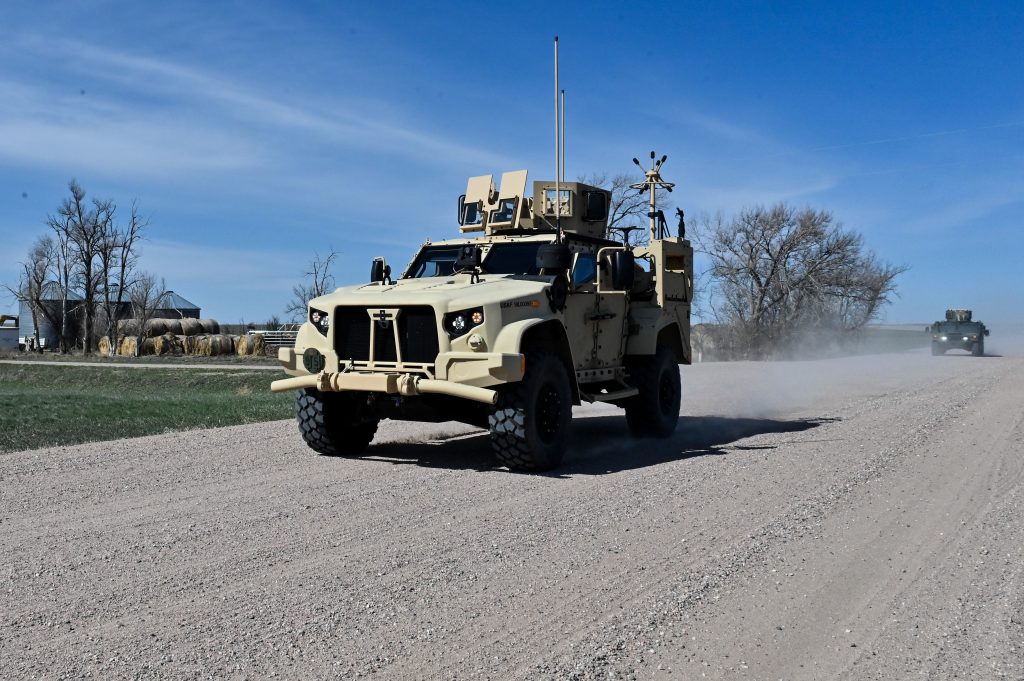
Ford cautioned that his team is still in the early stages of understanding the JLTV’s full operational impact. One challenge with the vehicle is its complexity: the driver’s seat rivals the cockpit of a stealth bomber, with glass screens controlling the truck’s suspension and switches that can shut down the entire system if the driver is not careful. It takes 40 hours of classroom and hands-on experience just to start driving the JLTV.
“The JLTV has a lot more capability from a technology standpoint, but it requires a lot of training,” Ford said.
Yet once that training is complete, the vehicle can be as fun as a go-cart to drive once it is fully revved up, said Staff Sgt. Kristen Witherspoon, the lead JLTV instructor for the 90th Security Forces Group and a member of the base’s Tactical Response Force.
The JLTV is set to be one of several new gadgets providing better situational awareness for security forces Airmen at F.E. Warren and the other two missile fields at Malmstrom Air Force Base, Mont., and Minot Air Force Base, N.D. Another is the Regional Operating Picture (ROP), a communications network where defenders in the field can share voice calls, GPS tracking, and other forms of data with their supervisors at a missile alert facility or with their commanders at the main base.
“Every vehicle that goes into the missile field will have that tracking ability, geolocation, turn-by-turn navigation, voice comms, and data,” said William McIntyre, chief of nuclear security for the 20th Air Force. “That’s huge.”
The ROP is already being set up: in March, the Air Force awarded Persistent Systems LLC $75.5 million for its Infrastructure-based Regional Operation Network (IRON), an antenna system mounted on towers and poles which anchors a high-bandwidth web of communications.
“U.S. military bases can sprawl tens of thousands of square miles, and as it stands now, there’s no dynamic, high-bandwidth way for headquarters staff to track, and reliably remain in contact with, the security personnel patrolling this vast area,” Adrien Robenhymer, Persistent’s Vice President of Business Development, said in a statement. “Should personnel run into problems in the field, they wouldn’t have effective support from an operations center.”
According to Persistent, over the next three years the Air Force wants about 700 IRON systems installed across its three missile bases, which should unite 75 operations centers and 1,000 security forces vehicles spread out across 25,000 square miles. Once established, ROP will allow Airmen to see their locations and possible threats mapped out on a tablet, which should be faster and less confusing than updating each other over radio in the middle of a security incident.
“We don’t have to talk to find out where people are now, we will know where people are now,” said Joseph Coslett Jr., a spokesman for the 90th Missile Wing. “You’ll still have audio communication, but the awareness among the whole battlespace will be phenomenal.”
The JLTVs and ROP will help missile field defenders across America’s missile fields respond faster to a security incident, but they are just two new technologies that will make the missile defense enterprise even more deadly. Part 1 is about the MH-139 Grey Wolf. Part 3 covers infrastructure and training improvements.
